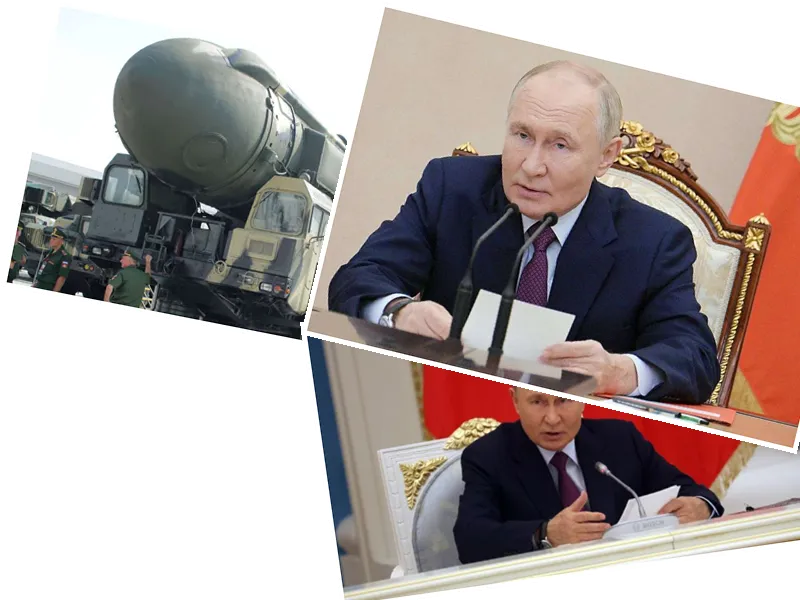Putin Updates Nuclear Doctrine Amid Rising Tensions
Russian President Vladimir Putin has officially signed a decree that revises the country's nuclear doctrine, allowing for the potential use of nuclear weapons in response to conventional attacks. According to reports from Tass and El Paris, this significant update reflects a shift in Russia's military strategy, particularly in light of ongoing conflicts involving Ukraine and Western nations. The Kremlin's new stance permits the use of nuclear arms as a 'last resort' to safeguard Russia's sovereignty, expanding the scenarios under which such weapons may be deployed.
New Scenarios for Nuclear Engagement
The updated doctrine, which had been in preparation since September, now includes provisions for nuclear retaliation not only in cases of existential threats but also against critical threats to Russia's territorial integrity. This change comes as the United States has authorized Ukraine to utilize long-range missiles against Russian military targets, prompting concerns in Moscow about the implications for national security. The decree outlines that any aggression against Russia or its allies, even from non-nuclear states supported by nuclear powers, could be interpreted as a joint attack, justifying a nuclear response.
Implications for Global Security
The decree also emphasizes the potential for nuclear deterrence against NATO and other military coalitions perceived as threats. In a notable development, the document includes plans for deploying nuclear weapons in Belarus, further escalating regional tensions. Additionally, the Kremlin has initiated the mass production of portable nuclear shelters, aiming to bolster civil defense amid fears of nuclear conflict. Experts have raised concerns about the effectiveness of such shelters against the catastrophic impacts of nuclear warfare, highlighting the severe consequences of a nuclear exchange.
As the situation evolves, the international community remains watchful of Russia's military posture and the implications for global security dynamics.





